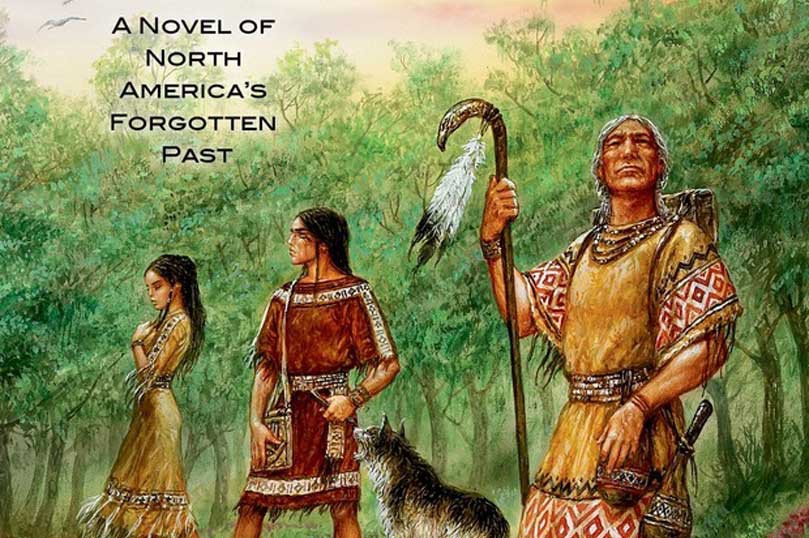
Throwback Thursdays: Flying Snakes, Seeing Hands, Glorious Weeping Eyes
Welcome to Throwback Thursdays on the Tor/Forge blog! Every other week, we’re delving into our newsletter archives and sharing some of our favorite posts. There’s more to American history than the Revolutionary War, but it’s easy to forget that from the vantage point of the 21st Century. Luckily, we have W. Michael Gear and Kathleen…
